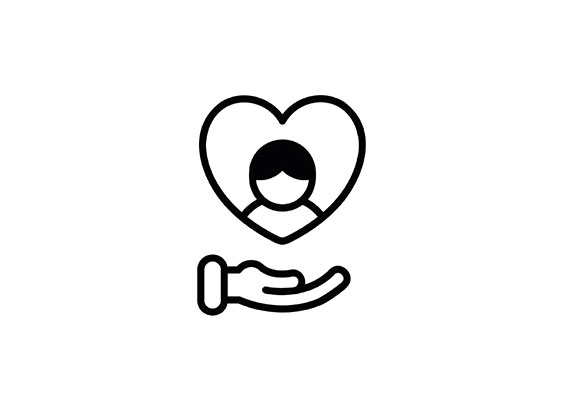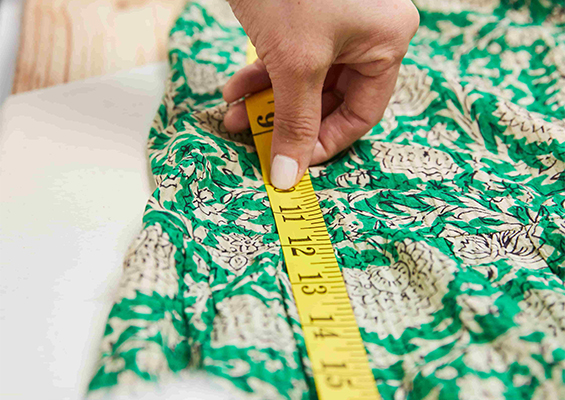ba&sh workshops
Wear, enjoy, start again.
Our care advice for your ba&sh clothing to make it last longer.
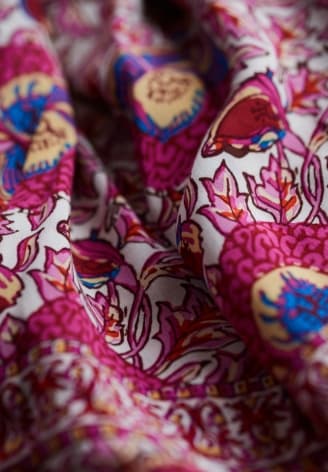
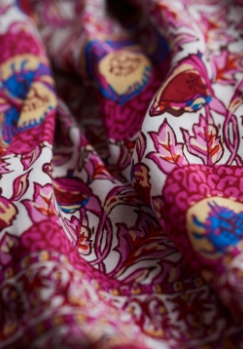 How to take care of viscose?
How to take care of viscose? WASHING
Machine-washing: Opt for a delicate or hand-wash programme (20°, 800 RPM spin cycle), a mesh laundry bag and a mild optical brightener-free detergent. The garment must be washed with similar colours. In the case of contrasting motifs, wash separately. To keep your garment looking bright and prevent fading, we recommend removing it from the machine as soon as the programme is complete.
Hand-washing: Wet, rub, rinse! Do not leave your garment to soak, viscose shrinks in contact with water. Use cold to lukewarm water (20° max).
DRYING
We recommend drying your garment on a hanger to preserve its shape.
IRONING
Choose a low heat setting on your iron. We recommend ironing inside out to restore the garment's original shape as viscose shrinks slightly when washed. For delicate garments, we recommend using a slightly damp pressing cloth when ironing.
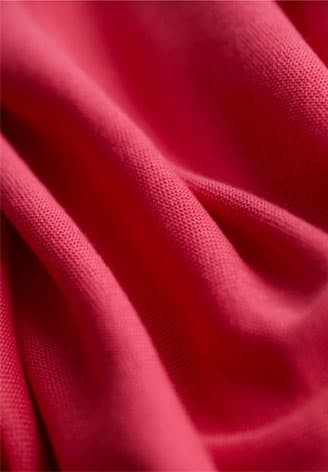
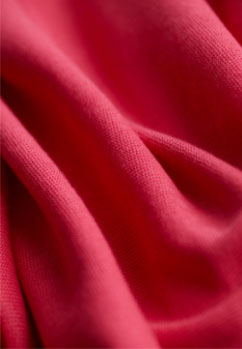 How to take care of silk?
How to take care of silk? WASHING
We recommend hand-washing cold (20°). Ensure the water is not too cold and most importantly do not soak silk garments! Gently squeeze without wringing the garment.
Machine-washing is possible. Necessary precautions: Wash the garment inside out and in a mesh laundry bag with other delicates, in similar colours. In the case of contrasting motifs, wash separately.
Opt for a delicate or hand-wash programme (20°, 800 RPM spin cycle) and a mild optical brightener-free detergent.
Remove the garment from the machine immediately after washing to avoid the silk creasing.
DRYING
If you choose to hand-wash, delicately dry your garment without wringing.
Air-drying on a hanger, without exposing to sunlight, is suitable. We strongly advise against tumble-drying or drying on a radiator.
IRONING
Iron on a low heat, without steam and inside out.
For very fragile garments, use a slightly damp pressing cloth when ironing.
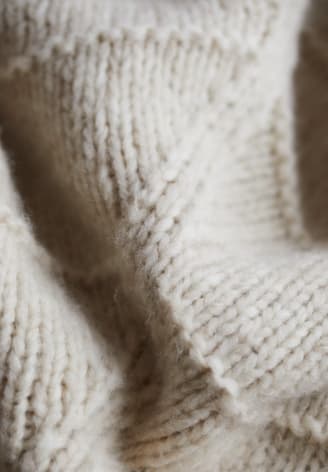
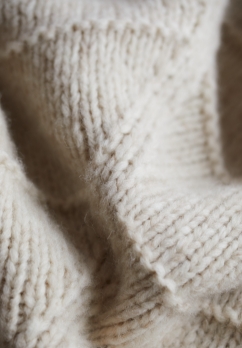 How to take care of wool?
How to take care of wool? WASHING
Machine-washing is possible on a wool programme (20° max) with a slow spin cycle (800 RPM). Use a mesh laundry bag and opt for a wool detergent (small amount and no softener to avoid felting).
When hand-washing, use cold water (20°). Please note that if the water is too cold, the garment may shrink or the wool felt. We recommend washing inside out with a suitable detergent. Do not soak the knit or wring it when rinsing or removing excess water.
DRYING
We recommend drying flat on a terry cloth towel and away from sunlight. Do not leave the sleeves to hang outside the drying space to avoid stretching (do not tumble-dry or dry on a radiator).
IRONING
Prioritise steaming over ironing. Skim over the knit without touching it.
We recommend avoiding ironing to preserve the floaty finish of the knit. If you still wish to iron your jumper, we recommend ironing on a very low heat, inside out and using a slightly damp pressing cloth.
Our other tips to make your knitwear last longer: tidy jumpers already worn without rolling them into a ball & avoid storing jumpers on hangers.
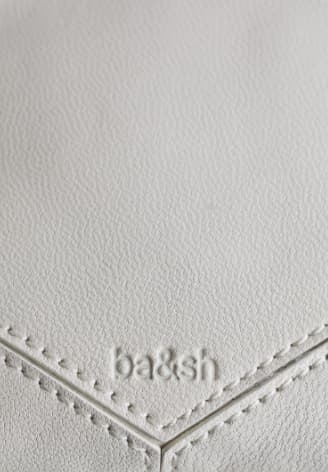
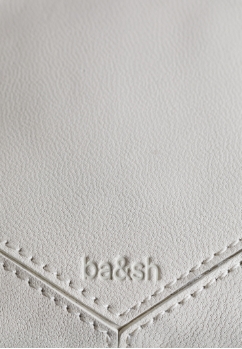 How to take care of leather?
How to take care of leather? To care for your smooth leather garments or in the event of an unsightly mark:
1. Remove dust from the leather with a slightly damp cloth.
2. Leave to dry.
3. Nourish the leather with a nourishing cream designed specifically for smooth leather.
4. Leave the garment to rest to allow the leather to absorb the product.
5. Rub with a clean, soft cloth to shine the leather.
6. Repeat as often as necessary.
You can also give your leather garments to a leather specialist for cleaning.


We tell you all about the care symbols.
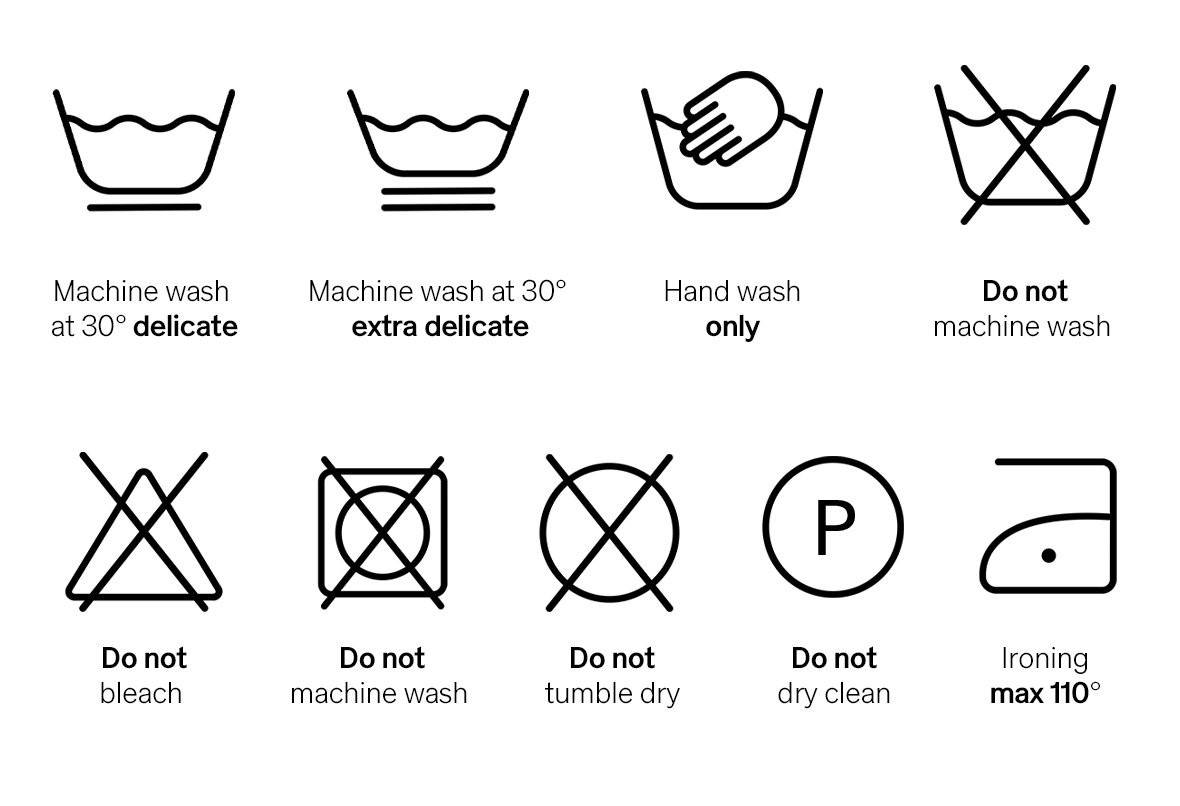


Don't worry, there's always a solution.
How to repair a pulled thread on a jumper.
We've all been there: an item of jewellery or a nail catches a thread in a pretty jumper, leaving it with a pulled thread. The issue when it comes to knitted garments is that you can't cut the wool because a single thread is used to create the entire jumper. Since it would be impossible to re-knit your jumper at home, here's how to repair a pulled thread in 3 simple steps.
Equipment: Crochet hook or safety pin (make sure you choose the right size, based on how thick your wool is: the finer the wool, the finer your crochet hook needs to be).
Steps:
1. Turn your jumper inside out and pass your hook or safety pin through a stitch on the right side of the jumper.
2. Use the hook or safety pin to catch the wool on the right side of your jumper and pull it inside.
3. Once the thread has been pulled inside, gently stretch your jumper slightly widthways so that the stitches move back into place.
How to adjust the length of a garment.
Equipment: small scissors, thread, a needle, a sewing machine, a tape measure, a ruler.
Steps:
1. Note the length that you want to shorten.
2. Fold the excess fabric inwards to the required length.
3. Iron the hem you've just created with an iron.
4. Leave 3 to 4 cm of the hem and trim the rest.
5. Sew the raw edge with a zig-zag stitch or use an overlocker.
6. Resew the invisible hem by hand with a needle: On one side, stick the needle into the hem fabric, 1 cm below the upper edge. Make a knot. Sew a stitch every centimetre, using a single thread. Sew around the hem and finish with a knot.
How to sew a button back on.
Equipment: small scissors, thread, a needle, a tape measure.
Steps:
1. Thread the needle, leaving 30cm on each side.
2. Measure the distance between buttons and mark the button's position.
3. Make a knot by running the needle twice under the button placket.
4. Sew 3 or 4 stitches, moving the needle through the button holes.
5. Sew 5 or 6 stitches under the button with the thread, finishing with a knot.
6. Cut the thread.


OUR COMMITMENTS.
In our global approach to sustainable transformation, all the teams in our product chain (our stylists, our model makers, as well as our production, purchasing & quality teams) have been trained in the social and environmental issues surrounding the materials we use, as well as on the alternatives and labels that we can continue to use and in a more responsible way.
Since 2018, we have made considerable progress in terms of environmentally friendly fashion year on year. 65% of the spring-summer 2021 collection is made up of environmentally friendly products (clothing, accessories, jewellery, etc.), compared to 22% for the spring-summer 2020 collection and 1% for the spring-summer 2019 collection. By 2023, our collections will be made up of 95% environmentally friendly products.


